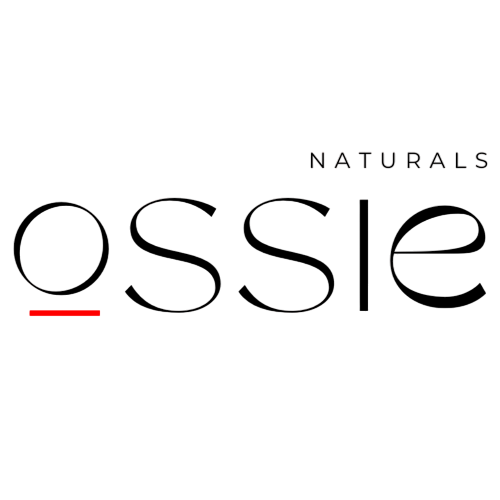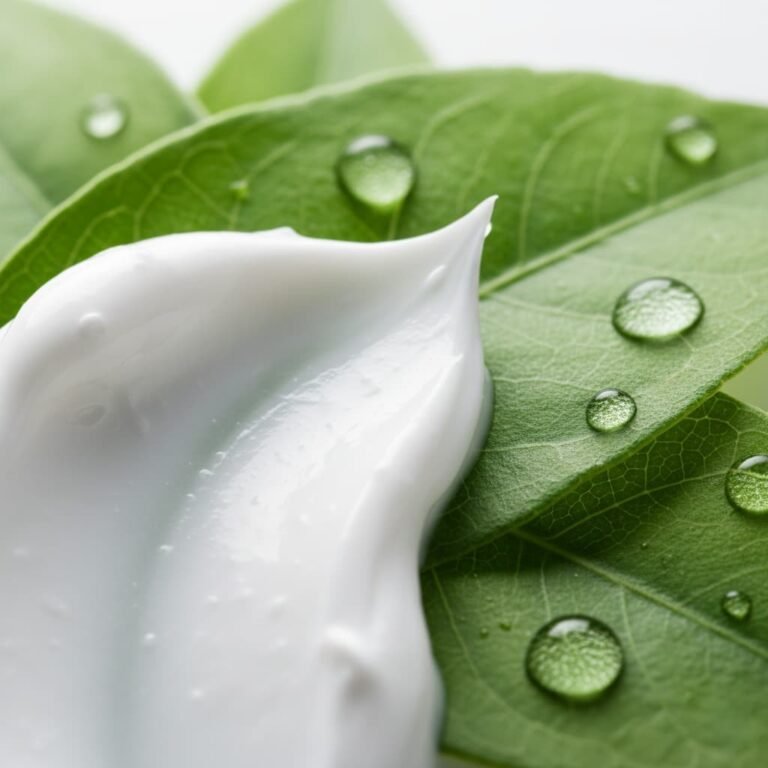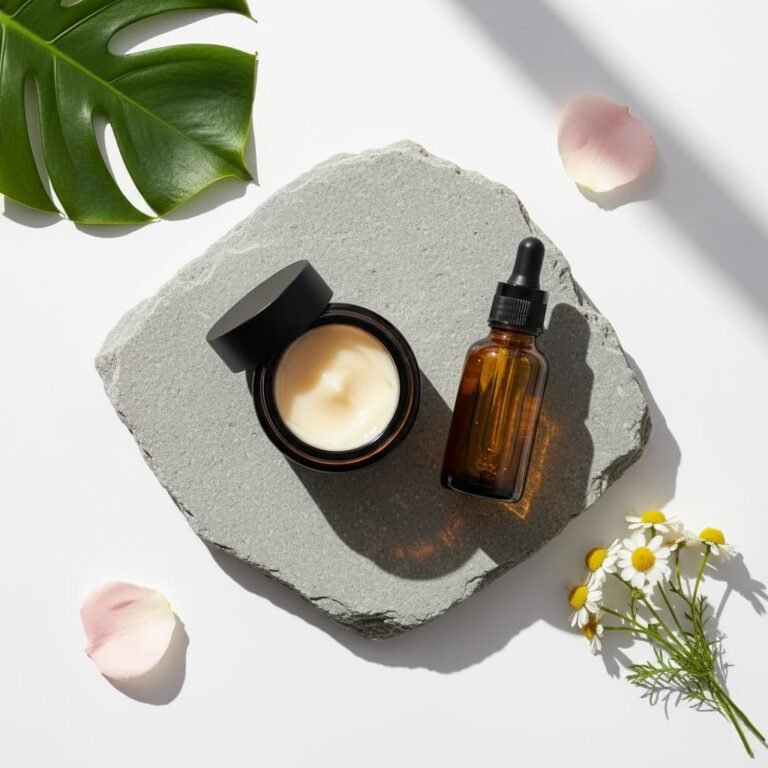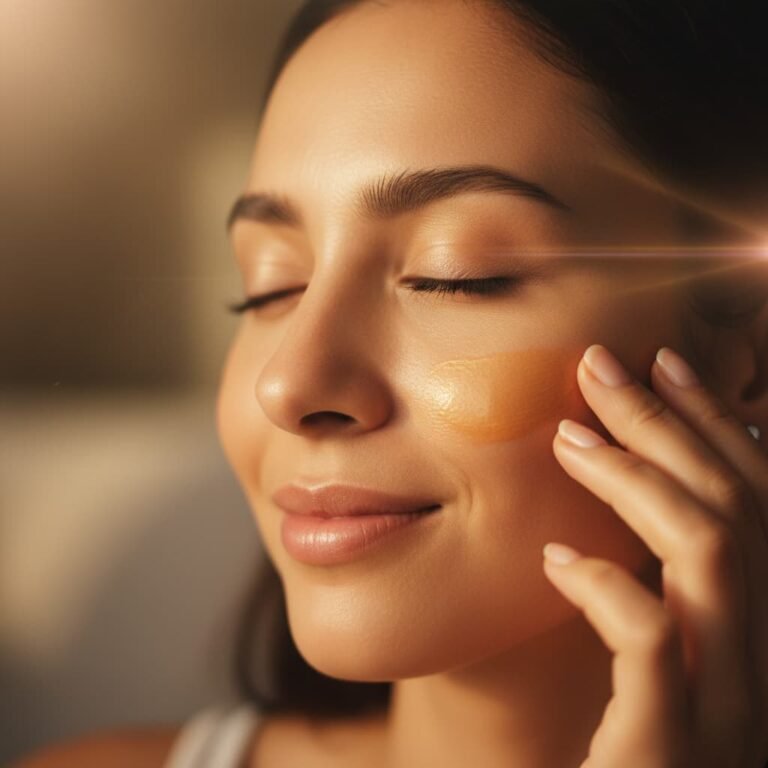Belleza Limpia Decodificada: Cómo Identificar el Greenwashing vs. el Cuidado Natural Genuino
El mercado de belleza limpia vale miles de millones cada año, pero el cuidado natural auténtico representa solo una fracción de los productos que llevan declaraciones de "natural"
Greenwashing vs. Genuine Natural Skincare

The clean beauty market is worth billions, yet authentic natural skincare represents only a fraction of products bearing “natural” claims. As a discerning consumer who values both efficacy and ethics, you need practical tools to distinguish between marketing manipulation and genuine commitment to natural formulation.
The explosion of “clean beauty” has created unprecedented choice for conscious consumers, but it’s also opened the door to sophisticated marketing tactics that prioritise profit over principles. Brands have discovered that natural-sounding claims can command premium prices regardless of actual formulation quality or ingredient sourcing practices. This reality means your investment in premium natural skincare requires more than trust—it demands specific evaluation skills that protect both your skin and your values.
Understanding the difference between greenwashing and genuine natural skincare isn’t just about avoiding inferior products—it’s about supporting brands that demonstrate transparency, sustainability, and effective natural formulation through verifiable practices. This knowledge empowers you to make purchasing decisions that align with your values whilst ensuring your skincare investment delivers measurable results.
RED FLAG RECOGNITION: Common Greenwashing Tactics
The “Natural-Sounding” Ingredient Deception
Sophisticated greenwashing operates through ingredients that sound natural but undergo extensive synthetic processing. Consider “coconut-derived” sodium coco-sulfate versus genuine coconut oil—the former involves chemical processing that removes meaningful connection to the original coconut, whilst the latter retains the plant’s beneficial fatty acid profile.
These processing differences matter because they affect how ingredients interact with your skin. “Plant-based” propanediol serves as a synthetic glycol alternative to petroleum-derived ingredients, but it lacks the complex beneficial compounds found in genuinely natural botanical extracts. Understanding these distinctions helps you evaluate whether “natural-sounding” ingredients deliver the benefits you expect from natural skincare.
The Percentage Manipulation Game
Many products feature premium botanical ingredients prominently on packaging whilst formulating them at minimal concentrations—often below 1%—that provide little functional benefit. The bulk formulation consists of synthetic alternatives that remain unnamed in marketing materials.
This approach allows brands to make legitimate claims about ingredient inclusion whilst avoiding the higher costs associated with using natural ingredients at therapeutically meaningful concentrations. A moisturiser might contain 0.5% organic botanical oil (heavily marketed) but 15% synthetic alternatives (barely mentioned). The result is products that technically contain featured natural ingredients but derive their primary effects from synthetic components.
Visual Authenticity Theatre
Greenwashing extends into a carefully orchestrated visual presentation designed to suggest natural authenticity. Earth-tone packaging, botanical imagery, and minimalist aesthetics create immediate associations with nature, purity, and authenticity, regardless of actual formulation practices.
Terms like “clean,” “pure,” and “botanical” reinforce these visual impressions without making specific claims that require substantiation. This visual manipulation operates below conscious awareness, creating positive associations that influence purchasing decisions before ingredient evaluation begins. Understanding this tactic helps you focus on formulation facts rather than packaging aesthetics.
AUTHENTICITY MARKERS: Recognising Genuine Natural Brands
Comprehensive Ingredient Transparency
Authentic natural brands provide complete ingredient transparency that extends beyond legal requirements to include concentration ranges, sourcing information, and processing methods. This transparency includes explaining why specific ingredients were chosen, how they contribute to product efficacy, and what processing methods preserve ingredient integrity.
Genuine transparency also involves honest discussion about natural formulation challenges and limitations. Authentic brands willingly acknowledge when synthetic ingredients might provide superior performance or safety profiles for specific applications, demonstrating commitment to consumer education rather than marketing-driven claim substantiation.
Look for brands that provide detailed information about ingredient sourcing practices, supplier relationships, and quality control procedures that ensure ingredient purity and potency. This level of transparency allows you to trace ingredients from source to finished product.
Functional Concentration Standards
Authentic natural brands formulate ingredients at concentrations that provide meaningful therapeutic benefits rather than minimal inclusion levels designed primarily for marketing claims. This means using botanical extracts at standardised potencies, essential oils at aromatherapeutically meaningful concentrations, and plant-derived actives at levels supported by clinical research.
Functional concentration standards require significant investment in ingredient costs and formulation expertise, which explains why authentic natural products often command premium pricing. However, this investment translates into products that deliver the efficacy you expect from premium natural skincare.
Genuine brands often provide concentration ranges or specific percentages for key active ingredients, demonstrating confidence in their formulation choices and commitment to consumer education. This transparency allows you to evaluate whether ingredient concentrations align with research-supported efficacy levels.
Independent Verification Systems
Authentic natural brands seek independent verification through recognised certification programmes that require comprehensive ingredient evaluation, sourcing verification, and ongoing compliance monitoring. These certifications represent a significant investment in transparency and accountability.
Legitimate certifications like ECOCERT, COSMOS Organic, or Soil Association require extensive documentation and regular auditing that verify claims about natural content, organic sourcing, and ethical practices. These programmes provide independent validation that marketing claims reflect actual formulation and business practices.
It’s important to distinguish between legitimate certifications and marketing-created badges that provide visual credibility without independent verification. Authentic certifications can be verified through the certifying organisation’s website and include specific standards and compliance requirements that are publicly available.
PRACTICAL EVALUATION: Your Natural Skincare Assessment Toolkit
The Ingredient Analysis Framework
Start with the INCI (International Nomenclature of Cosmetic Ingredients) list, which provides the technical names of all ingredients in descending order of concentration. Natural ingredients typically maintain recognisable botanical names, whilst heavily processed derivatives have complex chemical nomenclature that reflects synthetic modification.
Look for concentration information on packaging or brand websites. If a brand prominently markets an ingredient but won’t disclose concentration levels, this suggests the ingredient may be present at levels too low to provide meaningful benefits.
Examine processing method transparency. Authentic natural brands explain how they extract and process ingredients. Cold-pressed oils, CO2 extractions, and steam distillation maintain ingredient integrity better than chemical extraction methods that may alter the molecular structure of botanical compounds.
The Certification Verification Process
Research any certification claims through official certifying body websites rather than relying on packaging claims alone. Legitimate certifications provide specific standards documentation, public certification databases, regular renewal requirements, and independent auditing processes.
Visit certifying organisation websites to confirm brand certification status. Marketing-created badges cannot be independently verified and often use vague terms that sound official without meeting specific standards.
The Brand Communication Assessment
Examine how brands discuss their formulation philosophy, ingredient selection criteria, and product development processes. Authentic brands acknowledge that natural formulation involves trade-offs and limitations, providing balanced information about ingredient benefits and potential drawbacks.
Look for educational content that helps you understand ingredient functions, sourcing practices, and formulation science. Brands committed to authentic, natural skincare invest in consumer education that extends beyond product promotion to genuine ingredient knowledge sharing.
CONCENTRATION GUIDELINES: Understanding Effective Levels
Active Ingredient Benchmarks
Research-supported concentration levels help you evaluate whether products contain meaningful amounts of featured ingredients. Vitamin C typically requires 10-20% concentrations for significant antioxidant benefits. Botanical extracts like green tea or chamomile need 2-5% concentrations to provide therapeutic effects.
Essential oils used for aromatherapeutic benefits typically require 0.5-2% concentrations, whilst those used primarily for fragrance might be present at much lower levels. Understanding these benchmarks helps you assess whether ingredient concentrations align with intended benefits.
Processing Impact Assessment
Different processing methods can affect the potency and bioavailability of ingredients. Cold-pressed plant oils retain more beneficial compounds than heat-extracted alternatives. CO2 extraction preserves delicate botanical compounds that might be damaged by steam distillation or solvent extraction methods.
Fermented ingredients often provide enhanced bioavailability compared to non-fermented alternatives, whilst freeze-dried botanical extracts typically maintain higher potency than heat-dried versions. Understanding these processing differences helps you evaluate ingredient quality beyond simple inclusion claims.
IMMEDIATE ACTION STEPS: Implementing Your Evaluation Skills
Your Pre-Purchase Checklist
Before investing in natural skincare products, apply these evaluation criteria systematically.
- Can you verify ingredient concentrations through brand documentation?
- Do certification claims check out through independent verification?
- Does the brand explain processing methods and sourcing practices with specific details?
- Are formulation choices justified with research evidence or traditional use documentation?
- Does the brand acknowledge natural formulation limitations honestly rather than making unrealistic perfection claims?
Building Evaluation Expertise
Start documenting your findings as you apply these assessment tools to different products and brands. This personal database becomes increasingly valuable as you develop expertise in natural skincare evaluation and learn to recognise patterns in authentic versus misleading marketing approaches.
Practice ingredient research using databases like the Environmental Working Group’s Skin Deep database or Paula’s Choice ingredient dictionary to understand individual ingredient functions, safety profiles, and typical usage concentrations.
Investment Reality Framework
Authentic natural skincare typically requires a higher investment due to premium ingredient sourcing, smaller production batches, and certification requirements. If a “natural” product costs significantly less than comparable alternatives, investigate whether corners are being cut in formulation quality or ingredient authenticity.
Consider cost-per-use calculations rather than the upfront price alone. Products with higher concentrations of active ingredients often provide better value despite higher initial cost, whilst products with minimal active ingredient concentrations may require larger quantities to achieve desired results.
CONCLUSION: Your Path to Informed Natural Skincare Choices

Distinguishing authentic natural skincare from sophisticated greenwashing requires developing specific evaluation skills, but these tools empower you to make informed decisions that align with your values whilst ensuring product efficacy. The investment in learning these assessment techniques pays dividends in product satisfaction and authentic brand support.
Your role as an informed consumer drives market demand for genuine transparency and authentic natural formulation. By applying these evaluation criteria consistently, you contribute to a marketplace that rewards authentic practices over marketing manipulation, encouraging brands to invest in genuine natural formulation rather than sophisticated greenwashing tactics.
The clean beauty revolution succeeds when consumers demand verifiable authenticity over persuasive marketing claims. Your purchasing decisions shape industry standards and create incentives for brands to prioritise formulation quality and transparency over marketing sophistication.
Start applying these evaluation tools immediately with your next skincare purchase. Your skin deserves products that deliver on their natural promises, and your values deserve support through purchasing decisions that reward authentic transparency and genuine commitment to natural formulation excellence.
Apoya a Tu Piel
Nuestra colección de productos naturales en Ossie Naturals está formulada específicamente para apoyar los procesos adaptativos naturales de tu piel. Cada producto proporciona los componentes básicos que tu piel necesita, desde lípidos que refuerzan la barrera hasta antioxidantes adaptativos.
No creemos en los cambios drásticos de rutina estacional ni en los tratamientos agresivos que luchan contra los procesos naturales de tu piel. En su lugar, nuestro enfoque se centra en un apoyo suave y constante que colabora con la inteligencia de tu piel, en lugar de ir en su contra.
Únete a nuestra comunidad privada en Facebook o suscríbete a nuestro Boletín para acceder a guías de transición estacional, formación sobre ingredientes y productos formulados específicamente para apoyar a tu piel a través de los cambios, porque la inteligencia adaptativa de tu piel merece apoyo, no interferencia.
Composiciones ricas en nutrientes y orientadas al rendimiento.
Our House Collection
Calendula Balm - Original™
Concentrado restaurador y calmante
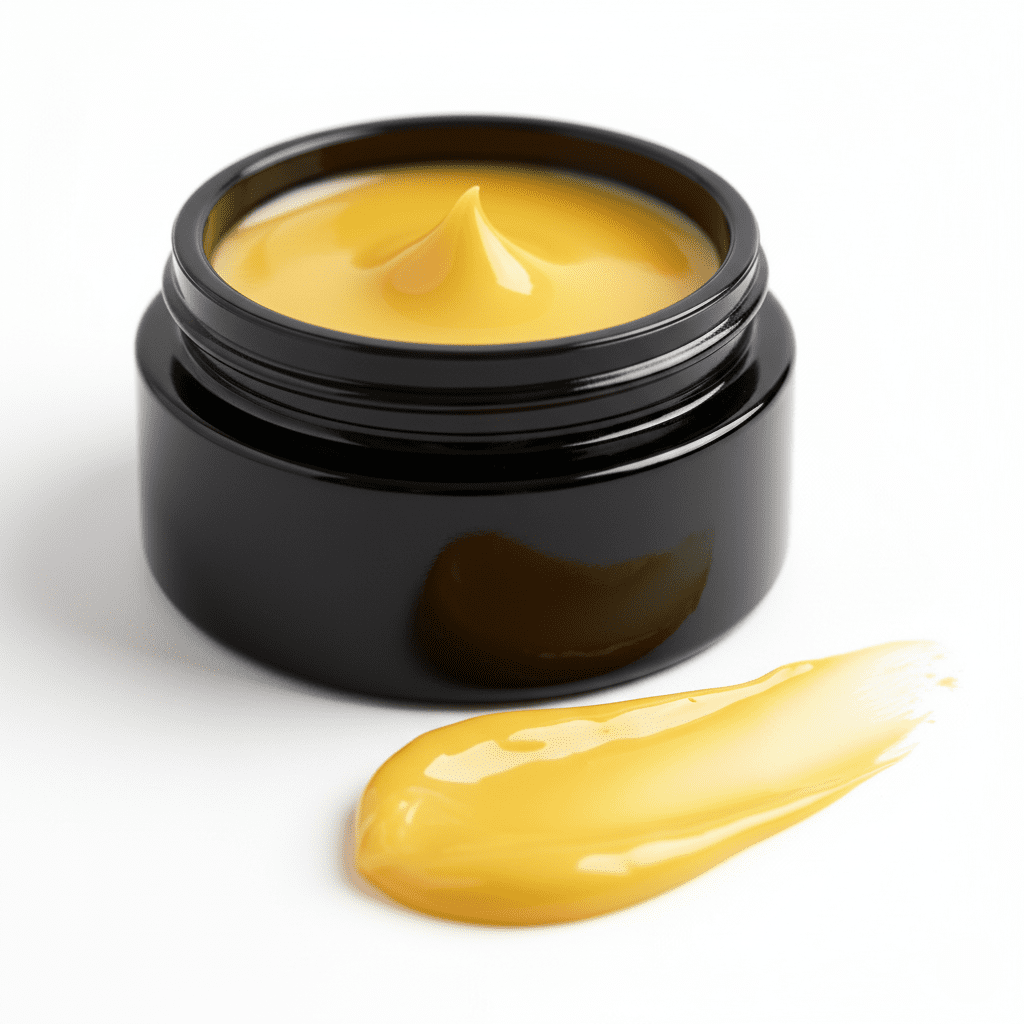
Azure Tansy
Balm™
Complejo reparador y protector intensivo
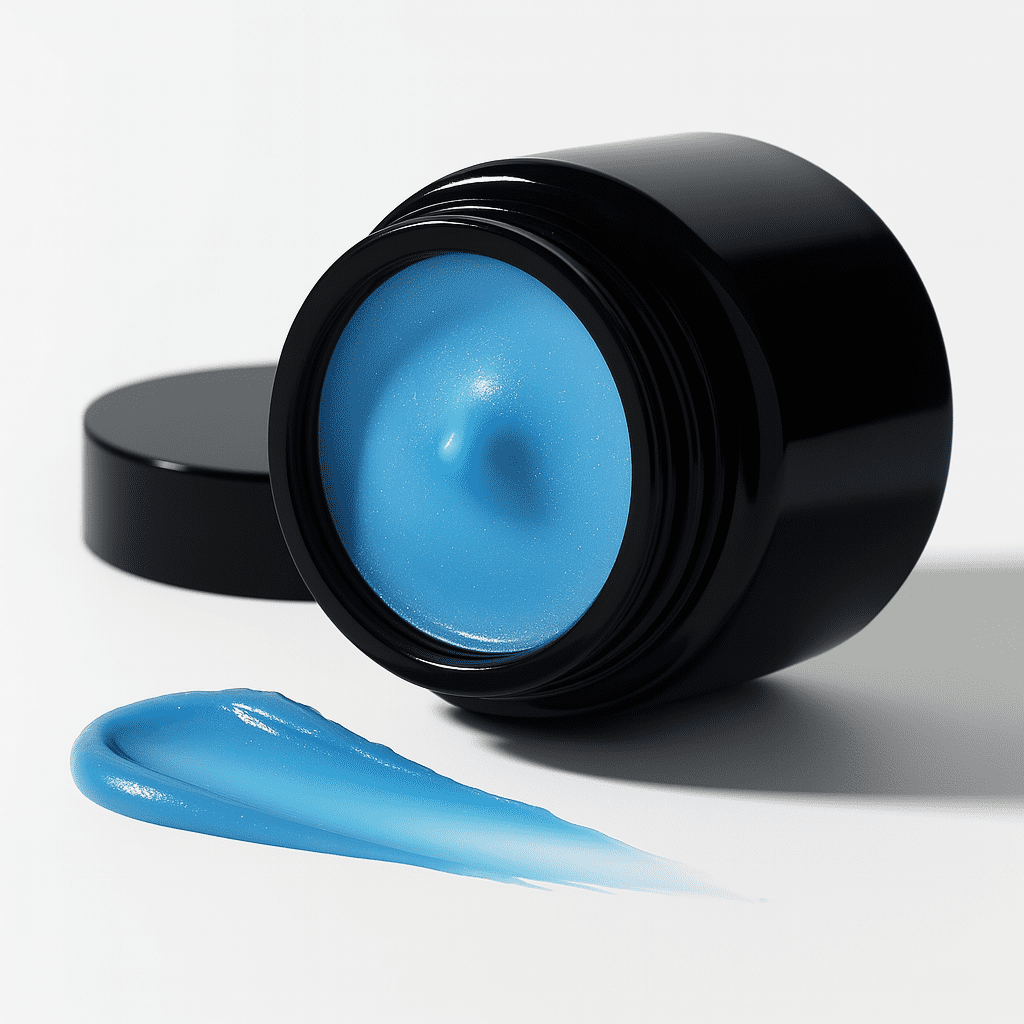
TerraPure - Original Deodorant
Protección intensa, de forma natural.
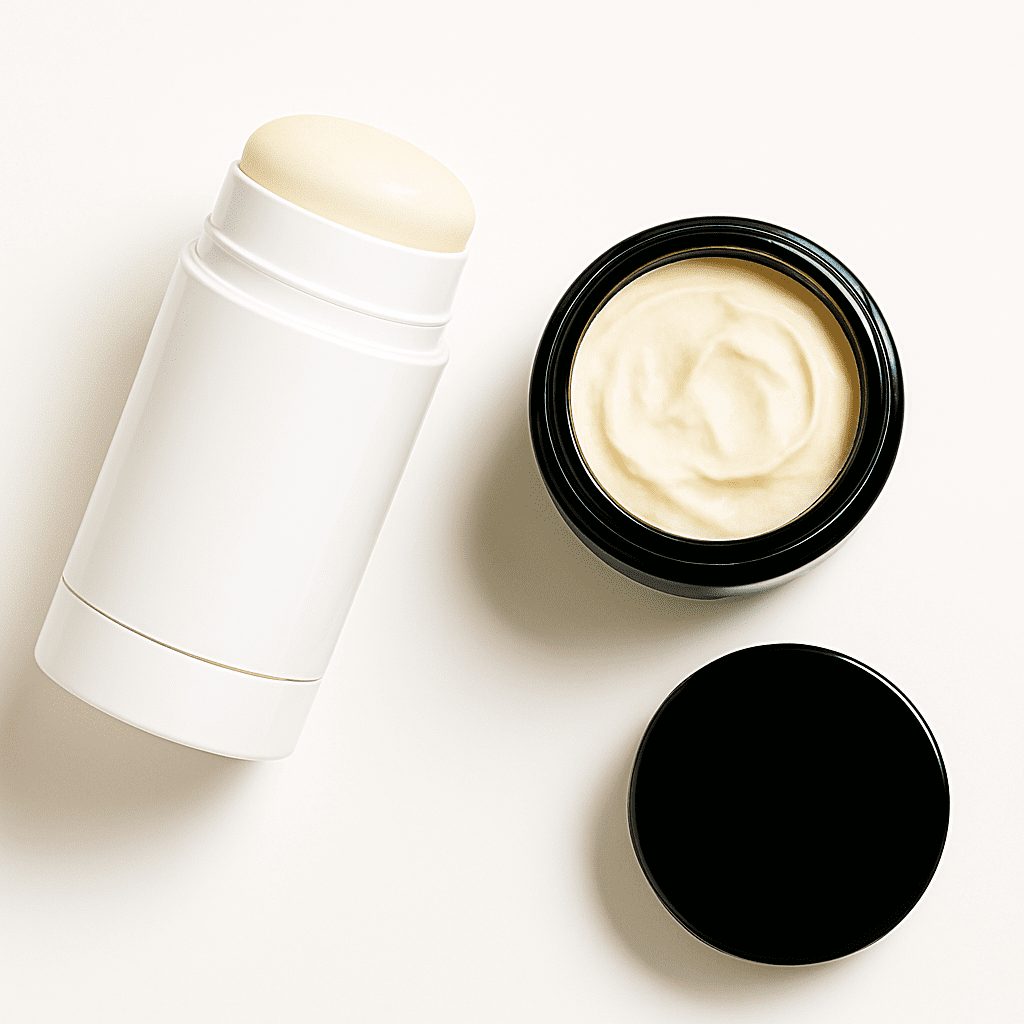
Restorative Phyto‑Serum Oil™
Renovación y equilibrio. Transformación visible en cada gota.
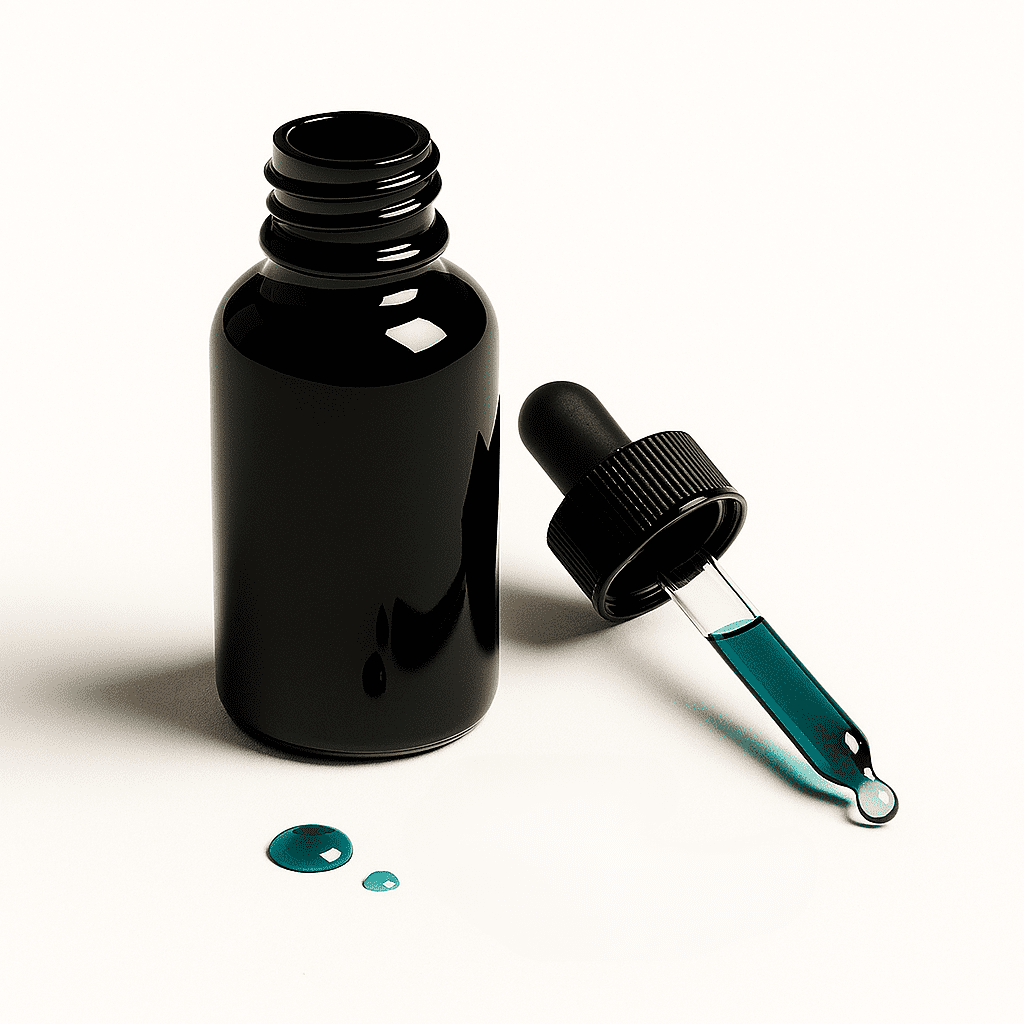
Potenciamos tu piel para que prospere.
Boletín de inscripción
¿Listo para invertir en el futuro de tu piel con los mejores ingredientes naturales? Explora nuestras colecciones o únete a nuestra comunidad para obtener consejos de expertos y acceso exclusivo.
Valoramos su confianza cuando comparte sus datos personales con nosotros. Siempre tratamos sus datos de forma justa y respetuosa, limitándonos a la finalidad mencionada anteriormente. Si desea saber más sobre cómo tratamos sus datos, lea nuestro Política de Privacidad.
